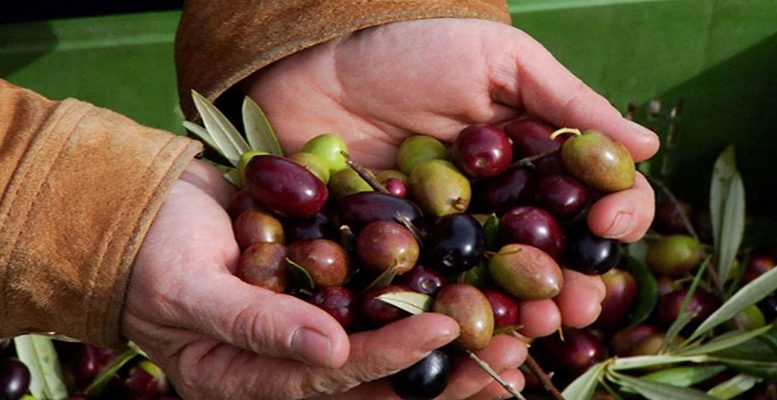Banc Sabadell | The Spanish economy faces the second half of 2019 growing at relatively high rates (we expect 2.3% yoy in 2019 vs 1.0% for the Eurozone) but with a less favourable composition of growth.
Thus in Q119, the reactivation of public spending contributed 0.4 pp to interannual growth (around 2.4%), while investment was surprisingly solid contributing 1.05 p.p. supported by the strong performance of construction rather than the investment in equipment as in the recent past. On these bases, Spain will continue to grow at elevated levels around 2.0% during 2019-20 thanks to internal demand, but with an ever smaller contribution from the external sector.
In this sense, even though the fall in oil prices could prolong a few quarters more the current account surplus, the slowdown in some of the main customers in the Eurozone is affecting the export sector and non-energy goods are beginning to be affected by tariffs (car sector).
Compared to this, the tourist sector continues to resist and until April 21.4 M foreign tourists arrived in Spain (+4.4% yoy) with a greater increase in average spending per tourist (+6.3%), but Brexit and the re-opening of new tourist destinations mean a complicated scenario for the sector.
Private consumption will continue to moderate its contribution in the second half of 2019 despite the solidity of the labour market, which will continue to grow at elevated rates (occupation around 3%) where we expect new falls in unemployment (13.8% in 2019 according to BS). On the other hand, nominal salaries are beginning to recover (thanks also to the minimum wage) which together with the low interest rate scenario should sustain demand, but at the cost of a loss of competitivity (since 2010 wage containment caused a fall in unit salary costs which translated into a recovery of competitivity compared to the Eurozone). Despite this, we do not expect a significant impact on general inflation, especially because of the absence of inflationary pressure on the most volatile components.
Good news has arrived on the political front. Thus in the elections on 28/05 the Socialist Party reinforced its capacity to govern (123 seats) and distanced Spain from the populist majorities in other European periphery countries like Italy. This will help contain the 2019 deficit (-2.2% in 2019 according to BS), although not meeting the commitment to Brussels. In this sense, the government´s Stability Programme seems to be based on optimistic estimates and is very dependent on the income measures proposed, like the corporate tax minimum taxation and the tax on digital services, which look to raise income to 39.1% of GDP in 2019 and 40.7% in 2022.
Given all this, sovereign debt will remain close to 96.8% of GDP in 2019, although we do not expect increased interest rates to impact public accounts.
Lastly we expect the housing sector to maintain the strong growth of Q119, supported by the scarcity of new housing and active demand in the main cities due to low interest rates. However, given the significant recovery in prices (at this rate in 2020 we will reach price/income and price/disposable income levels similar to 2007), a moderation should expected in line with performance in March, which should also happen in the purchase of second hand property (+6.2% yoy compared to +7.2% in 2018).





